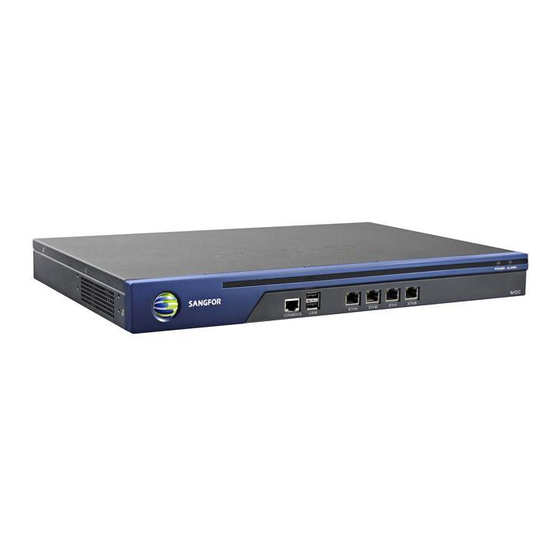
User Manuals: Sangfor M5100 Network Security Solution
Manuals and User Guides for Sangfor M5100 Network Security Solution. We have 1 Sangfor M5100 Network Security Solution manual available for free PDF download: User Manual
Sangfor M5100 User Manual (331 pages)
SSLM6.8EN
Brand: Sangfor
|
Category: Network Router
|
Size: 10 MB
Table of Contents
Advertisement
Advertisement
